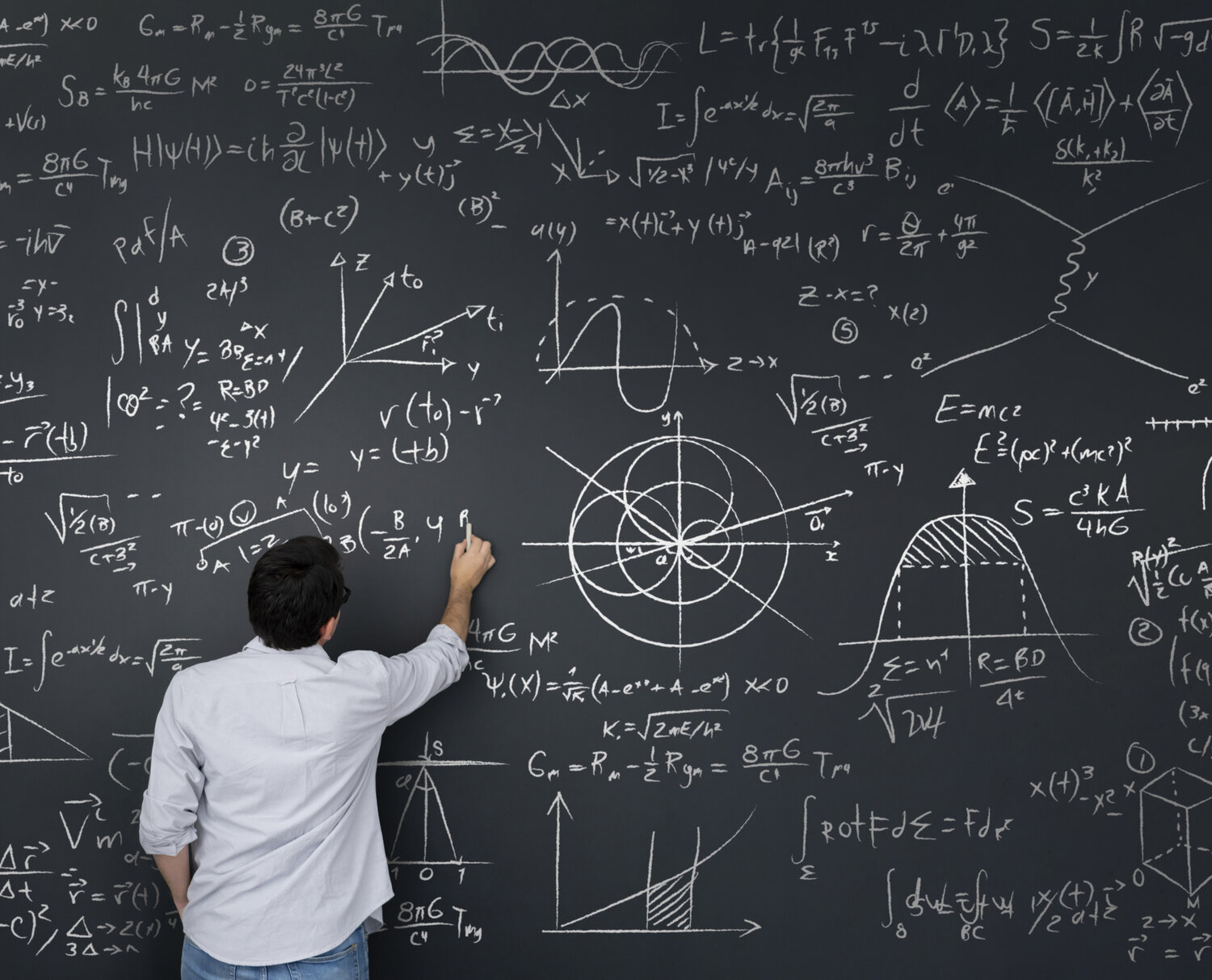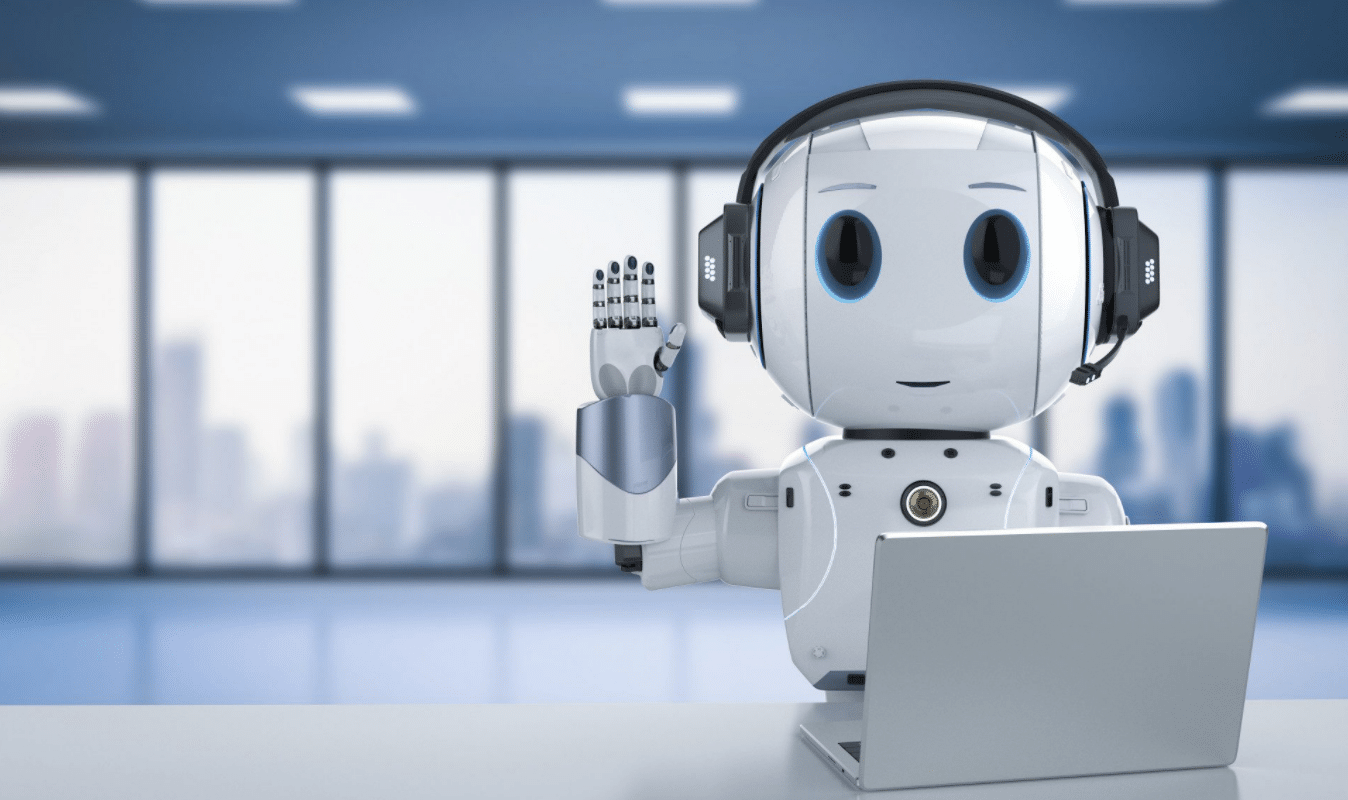Yes, ChatGPT is capable of performing various mathematical operations and solving equations. As a language model, ChatGPT has been trained on a vast amount of data, including mathematical concepts and formulas, and can use this knowledge to answer math-related questions and perform calculations.
One way in which ChatGPT can do math is by recognizing mathematical expressions in natural language and converting them into mathematical notation. For example, if a user asks "What is the square root of 25?", ChatGPT can recognize the phrase "square root" and the number "25" and provide the answer "5" using mathematical notation.
In addition to basic arithmetic operations like addition, subtraction, multiplication, and division, ChatGPT can also perform more complex mathematical operations like calculus, statistics, and linear algebra. For example, if a user asks "What is the integral of x^2?", ChatGPT can use its knowledge of calculus to provide the answer "x^3/3 + C", where C is the constant of integration.
ChatGPT can also solve equations and systems of equations. For example, if a user asks "What is the value of x in 2x + 3 = 7?", ChatGPT can use its knowledge of algebra to solve the equation and provide the answer "2". Similarly, if a user asks "Solve the system of equations 2x + y = 5, x - 3y = 2", ChatGPT can use its knowledge of linear algebra to solve the system and provide the answer "x = 1, y = 3".
While ChatGPT is capable of performing mathematical operations and solving equations, it is important to note that it may not always be the best tool for the job. For more complex or specialized mathematical tasks, it may be necessary to use dedicated mathematical software or consult with a math expert.
Furthermore, ChatGPT's performance in math-related tasks may be limited by the accuracy of the input and the complexity of the question. If the user provides incorrect or incomplete information, ChatGPT may not be able to provide an accurate answer. Additionally, if the question requires advanced mathematical knowledge or creative problem-solving, ChatGPT may struggle to provide an accurate or complete solution.
In summary, ChatGPT is capable of performing various mathematical operations and solving equations. Its ability to understand natural language and convert it into mathematical notation allows it to provide quick and accurate answers to math-related questions. However, its performance may be limited by the complexity of the task and the accuracy of the input.
Wednesday, April 26, 2023
Can Chatbot Be Detected By Turnitin?
As a language model, ChatGPT is not capable of submitting text to Turnitin or any other plagiarism detection software as it does not have the ability to upload or submit documents. However, if text generated by a chatbot is copied and pasted into a document or assignment that is later submitted to Turnitin, it is possible that Turnitin may detect the text as potentially plagiarized, depending on the quality and uniqueness of the generated text and how widely it has been used elsewhere. It is important to note that using chatbots or other AI tools to generate academic work without proper attribution or acknowledgement is considered academic dishonesty and can result in severe consequences, including failing a course or even expulsion from an educational institution.
Can Chatbot Write Code?
Chatbots are designed to engage in conversation with humans, and while they are adept at understanding natural language and generating text-based responses, they are generally not equipped to write code. However, there are some chatbots that have been developed specifically for programming purposes, which are known as coding chatbots.
Coding chatbots are designed to help developers write code more efficiently by providing suggestions, code snippets, and other helpful tools. They use natural language processing (NLP) and machine learning algorithms to understand the intent and context of the developer's request, and then generate relevant code or suggestions based on that understanding.
One way in which coding chatbots can help developers is by providing suggestions for code completion. When a developer is typing out a line of code, the coding chatbot can analyze the syntax and context of the code and offer suggestions for the rest of the line or the entire block of code. This can help speed up the coding process and reduce errors.
Another way in which coding chatbots can be helpful is by providing code snippets for commonly used functions or tasks. For example, a chatbot designed for web development might provide a pre-written code snippet for creating a responsive navigation menu, saving the developer time and effort in writing the code from scratch.
Coding chatbots can also be used to automate repetitive tasks, such as generating boilerplate code for a new project or running tests on code changes. By automating these tasks, developers can focus on more complex and challenging aspects of the project.
One challenge in developing coding chatbots is ensuring that the generated code is accurate, efficient, and follows best practices. This requires a deep understanding of programming languages, algorithms, and software development practices, which can be challenging to incorporate into a chatbot's machine learning algorithms. Additionally, coding chatbots may struggle with more complex programming tasks that require creative problem-solving skills, which are difficult to automate.
Despite these challenges, coding chatbots have the potential to revolutionize the way developers work, by providing intelligent and efficient assistance with the coding process. They can help developers save time, reduce errors, and improve the quality of their code. As machine learning algorithms continue to improve, it is likely that we will see more advanced coding chatbots in the future, which will further enhance the capabilities of developers and accelerate software development.
Coding chatbots are designed to help developers write code more efficiently by providing suggestions, code snippets, and other helpful tools. They use natural language processing (NLP) and machine learning algorithms to understand the intent and context of the developer's request, and then generate relevant code or suggestions based on that understanding.
One way in which coding chatbots can help developers is by providing suggestions for code completion. When a developer is typing out a line of code, the coding chatbot can analyze the syntax and context of the code and offer suggestions for the rest of the line or the entire block of code. This can help speed up the coding process and reduce errors.
Another way in which coding chatbots can be helpful is by providing code snippets for commonly used functions or tasks. For example, a chatbot designed for web development might provide a pre-written code snippet for creating a responsive navigation menu, saving the developer time and effort in writing the code from scratch.
Coding chatbots can also be used to automate repetitive tasks, such as generating boilerplate code for a new project or running tests on code changes. By automating these tasks, developers can focus on more complex and challenging aspects of the project.
One challenge in developing coding chatbots is ensuring that the generated code is accurate, efficient, and follows best practices. This requires a deep understanding of programming languages, algorithms, and software development practices, which can be challenging to incorporate into a chatbot's machine learning algorithms. Additionally, coding chatbots may struggle with more complex programming tasks that require creative problem-solving skills, which are difficult to automate.
Despite these challenges, coding chatbots have the potential to revolutionize the way developers work, by providing intelligent and efficient assistance with the coding process. They can help developers save time, reduce errors, and improve the quality of their code. As machine learning algorithms continue to improve, it is likely that we will see more advanced coding chatbots in the future, which will further enhance the capabilities of developers and accelerate software development.
Can Chatbot Be Detected?
It is possible for humans to detect that they are interacting with a chatbot rather than a human, particularly if the chatbot has limited language capabilities or if the responses are formulaic and lack personalization. However, as language models like ChatGPT continue to improve and incorporate more advanced natural language processing and machine learning algorithms, it may become increasingly difficult to distinguish between human-generated and AI-generated responses. Additionally, some chatbots are designed to intentionally deceive users into thinking they are human, which can make detection even more challenging. Ultimately, the ability to detect a chatbot depends on a combination of factors such as the sophistication of the chatbot's language model, the quality of its responses, and the user's level of experience and familiarity with chatbot technology.
Subscribe to:
Posts (Atom)




